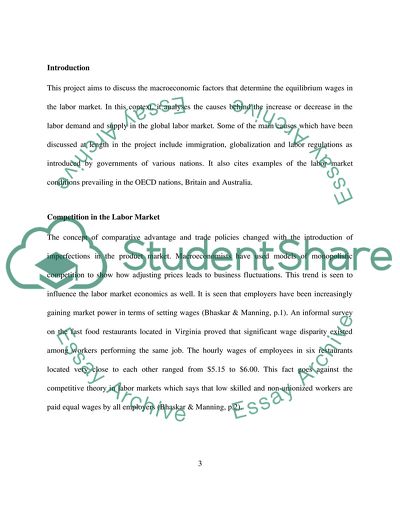Cite this document
(Competition in the Labor Market Term Paper Example | Topics and Well Written Essays - 1750 words, n.d.)
Competition in the Labor Market Term Paper Example | Topics and Well Written Essays - 1750 words. Retrieved from https://studentshare.org/macro-microeconomics/1744693-competition-in-the-labor-market
Competition in the Labor Market Term Paper Example | Topics and Well Written Essays - 1750 words. Retrieved from https://studentshare.org/macro-microeconomics/1744693-competition-in-the-labor-market
(Competition in the Labor Market Term Paper Example | Topics and Well Written Essays - 1750 Words)
Competition in the Labor Market Term Paper Example | Topics and Well Written Essays - 1750 Words. https://studentshare.org/macro-microeconomics/1744693-competition-in-the-labor-market.
Competition in the Labor Market Term Paper Example | Topics and Well Written Essays - 1750 Words. https://studentshare.org/macro-microeconomics/1744693-competition-in-the-labor-market.
“Competition in the Labor Market Term Paper Example | Topics and Well Written Essays - 1750 Words”, n.d. https://studentshare.org/macro-microeconomics/1744693-competition-in-the-labor-market.


